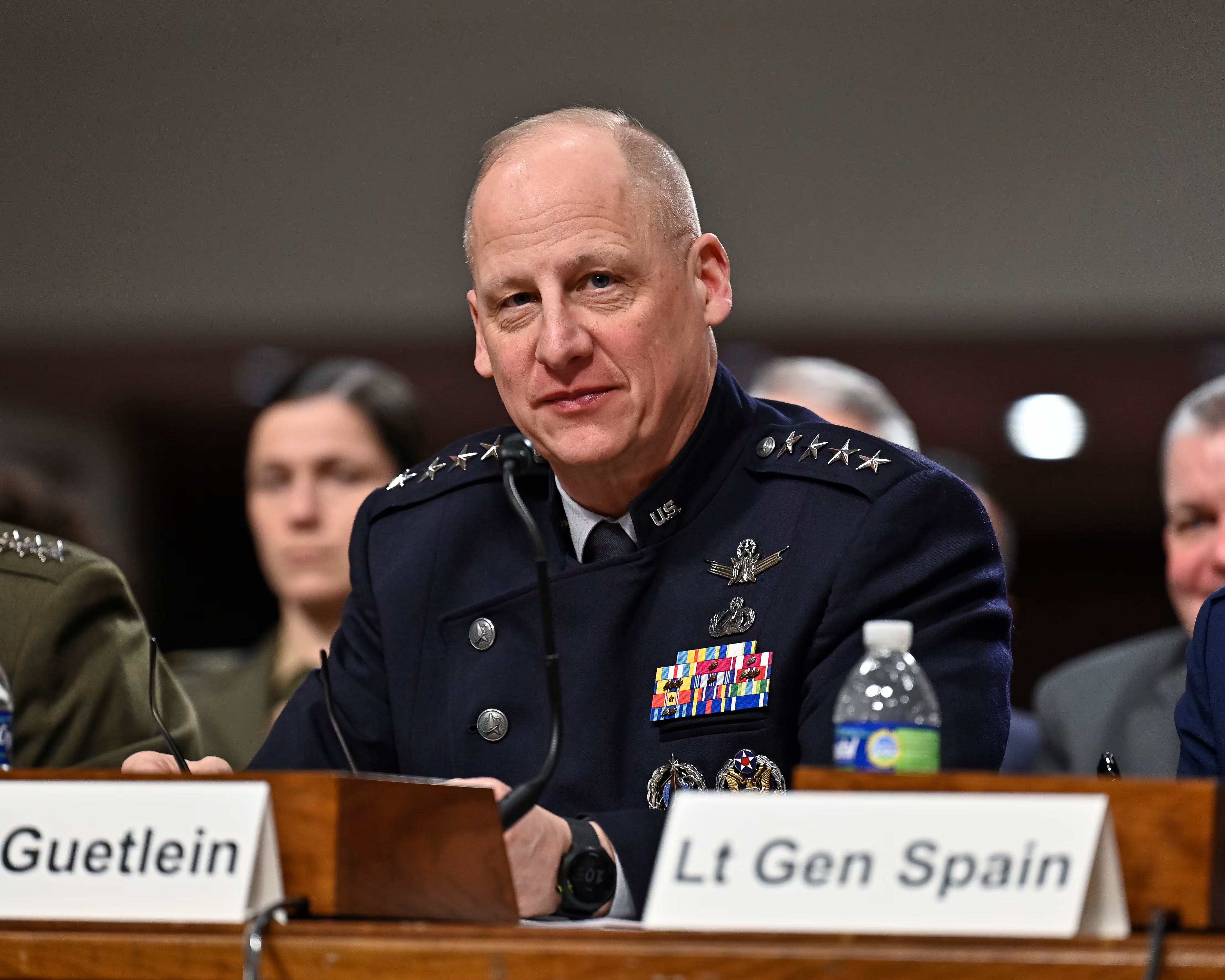HUNTSVILLE, Ala. — A year ago, officials were looking at adding one extra week to basic training to bolster soldier readiness from the ground level, but that plan is taking a backseat to the current mandate to shore up troops and get to 476,000 soldiers in the active Army by the end of September.
Extending initial entry training takes time and resources that the Army is pointing toward the end strength goal for right now, Command Sgt. Maj. Dave Davenport, the top enlisted soldier at Army Training and Doctrine Command, told Army Times on Monday at the Association of the U.S. Army's Global Force Symposium.
"You've got to think about where we're at right now," Davenport said. "We're trying to grow the Army."
But the push to increase readiness beginning with a soldier's first day in the Army is still on the table, according to the head of TRADOC's Center for Initial Military Training.
Extending basic by a week is one of several options the Army is considering to increase mastery of basic soldier skills and know-how, Maj. Gen. Anthony Funkhouser told Army Times on Tuesday.
"If you would like increased proficiency and readiness, then potentially it would require more time," he said. "So we were looking at the options of extending basic training or [advanced individual training] to add additional proficiency and repetitions."
As it is, he added, the Army's 10-week basic combat training course doesn't allow much time to do anything other than test skills once or twice and move on.
Other options are to add add more drill sergeants to give more attention to individual recruits or to change programs of instruction to shift how time is spent in those first weeks.
If basic is eventually extended, Funkhouser said, the Army has some ideas on where they'd like to invest that time. Rifle marksmanship would be at the top of the list, along with physical fitness training.
"There was an opportunity for us to phase in PT a little bit lighter for some of the force," he said, to prevent injuries. "We put them in combat boots real early, and some of them have never worn boots in their lives."
Alternating boots and tennis shoes in the very beginning could help that transition, he added. There's also room for more practice on the art of being a service member.
"We were going to look at adding more soldierization — discipline, customs and courtesies, drill and ceremony," he said.
Even though extending basic is on the back burner for now, leadership plans to take the discussion up next year.
"Everything has kind of been lifted and shifted," Funkhouser said. "The focus is getting the folks through the training that we need to right now for the Army, and then we'll reengage on how best to optimize readiness."
Meghann Myers is the Pentagon bureau chief at Military Times. She covers operations, policy, personnel, leadership and other issues affecting service members.








